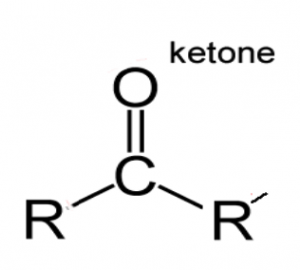Diabetic Ketoacidosis in Maternal and Child Health
Summary:
Diabetic Ketoacidosis (DKA) is a grave complication in diabetes, specifically in type 1 diabetes mellitus. This condition occurs when there’s no insulin, and glucose cannot be transported to the cells, depriving the body of its main energy source. To compensate, the liver breaks down fats, producing ketones as an alternative fuel. These acidic ketones can cause the blood to become overly acidic, disrupting the body’s acid-base balance and leading to potential respiratory and renal compensation. Key symptoms of DKA include excessive thirst, urination, hunger, shortness of breath, fruity-scented breath, dry mouth, hyperglycemia, and ketones in the urine. Diagnosis can be made through blood tests to measure sugar, ketone, and acidity levels, along with additional tests like blood electrolyte tests and urinalysis. Management of DKA requires the replacement of fluids intravenously, electrolyte replacement (such as potassium, sodium, chloride), and insulin administration. Potential serious complications include cerebral and pulmonary edema, renal failure, coma, and even death. However, with prompt treatment, the recovery rate exceeds 95%. Prevention mainly involves proper management of diabetes mellitus. References include various editions of nursing and anatomy textbooks, and information retrieved from specific online resources, emphasizing the critical nature and comprehensive understanding of DKA in both the medical and educational context.
Excerpt:
Diabetic Ketoacidosis in Maternal and Child Health
Diabetic Ketoacidosis (DKA)

Diabetic Ketoacidosis in Maternal and Child Health
Diabetic ketoacidosis is a serious complication of diabetes that occurs when the liver produces high levels of blood acids called ketones.
Alternative fuel is produced by the liver when glucose cannot be used for energy
…
Key Assessment Findings
• Polydipsia
• Polyurea
• Polyphagia
• Dyspnea
• Fruity-scented breath
• Dry mouth
• Hyperglycemia
• Ketonuria (Normal: No ketone/Trace amounts of ketone)
…
Diagnosis
• Blood Tests
– Blood sugar level
– Ketone level (Normal: < 0.6 mmol/L)
– Blood acidity
• Additional Tests
– Blood electrolyte test
– Urinalysis
Management
•Intravenous Fluid Replacement
•Electrolyte Replacement
– K, Na, Cl-
•Insulin


Reviews